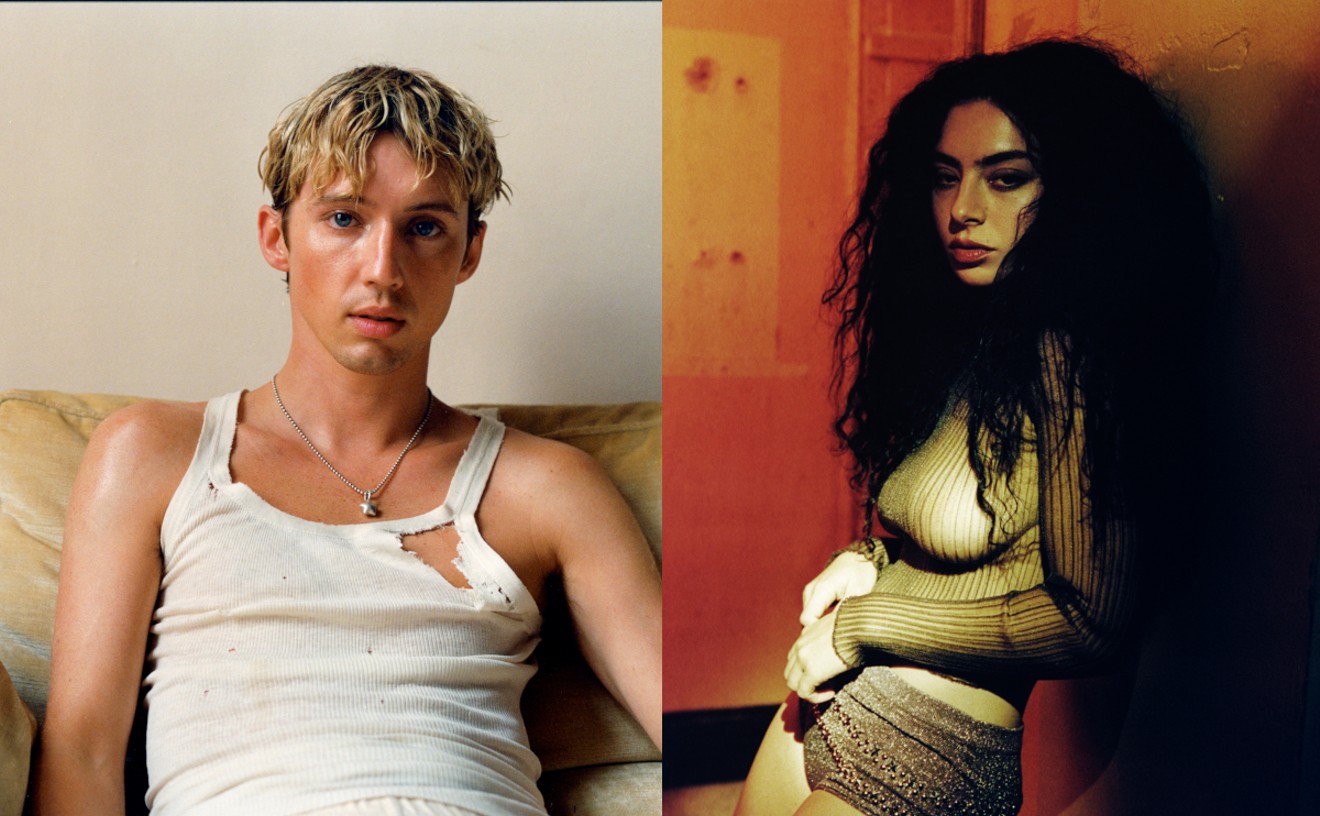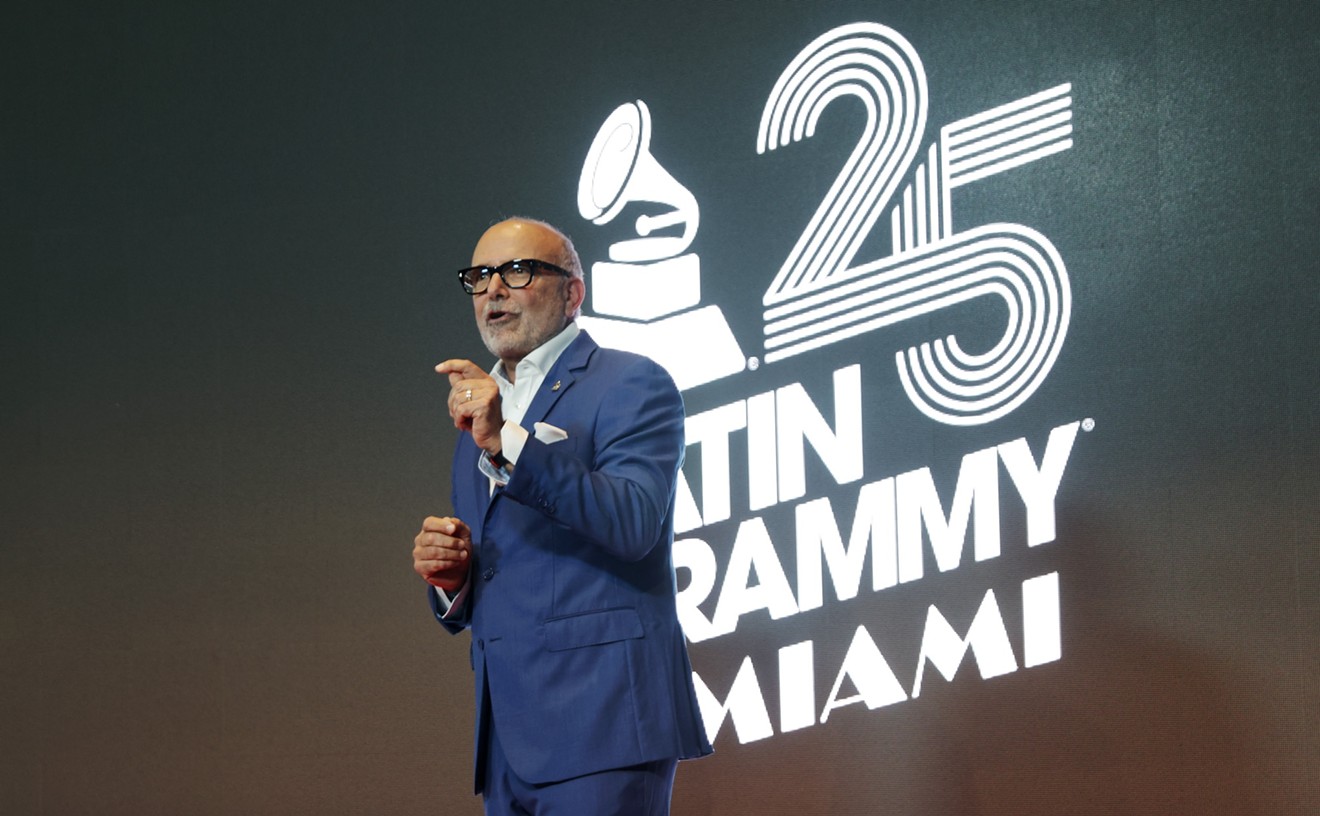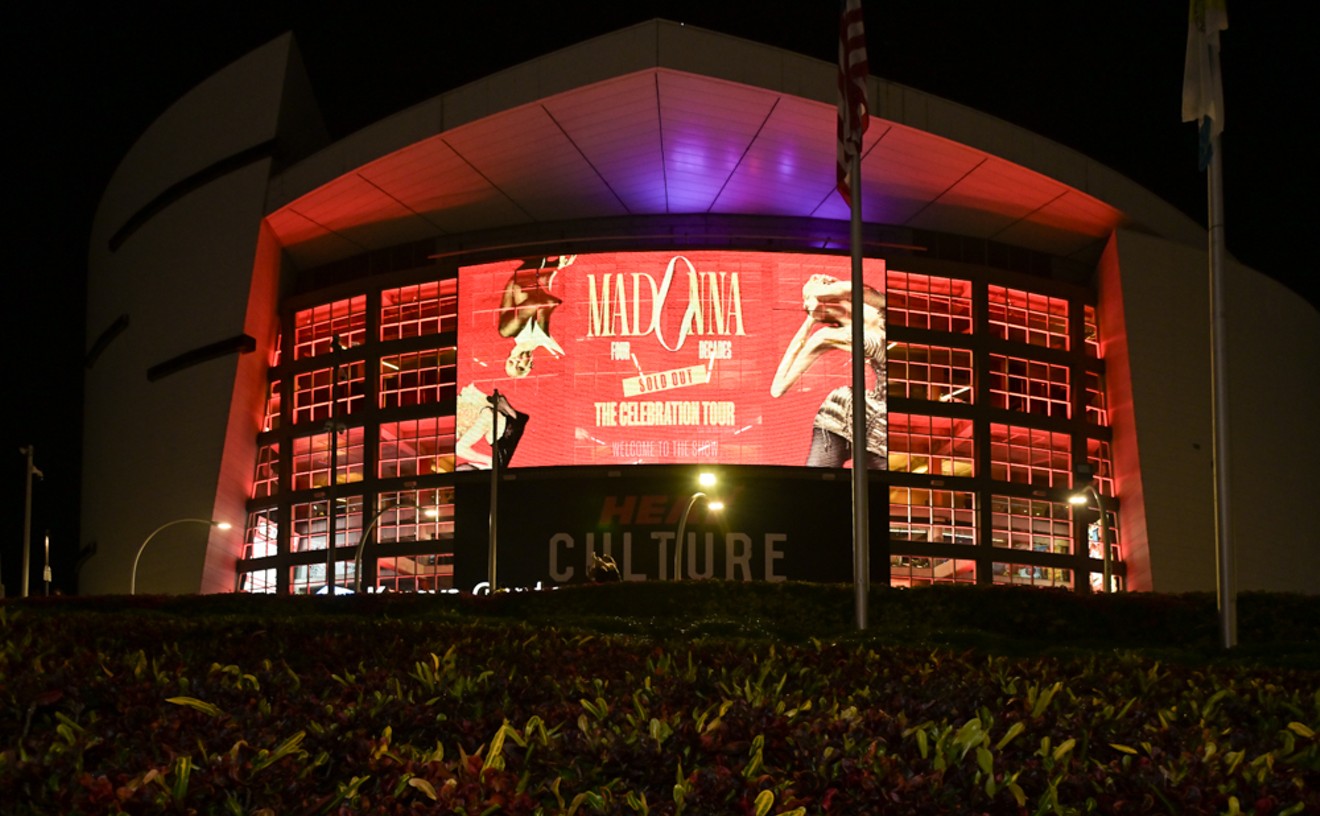Matias Aguayo is not your garden variety EDM artist. Not by a long stretch. In many ways, the Chilean-born producer is Latin America's answer to UK sonic mad scientist Matthew Herbert, approaching the formulaic house and techno genres with an irreverent spirit of experimentation and unconventional studio techniques. Mirroring Herbert's use of bodily noise samples, for instance, Aguayo's 2009 long player Ay Ay Ay employed little more than his own voice to create harmonic and rhythmic textures.
Aguayo is also intent on defying the conventions of dance music, taking it out of a nightclub context and into the streets. Like flash mobs or situationist happenings, his BumBumBox sound system parties pop up in urban centers around the world, disrupting and engaging commuters with a unique, impromptu musical experience.
See also: Move D on the Digital Music Era: "Ideally, Music Should Be For Free"
Of course, his Latin American heritage is central to Aguayo's sound, which draws from salsa, cumbia, baile funk and other homegrown dance music influences he's picked up during his travels in the region. And it follows that his label, Cómeme, has become a homebase for some of the more colorful and eccentric electronic dance music producers in South America -- many of them featured as guest musicians on Aguayo's new 2013 album, The Visitor.
Ahead of a rare Miami appearance to perform with Slap & Tickle at Bardot on Tuesday, Crossfade caught up with the one and only Matias Aguayo to chat about BumBumBox, the new album, and more.
Crossfade: The term avant-garde comes to mind to describe the Cómeme label, because so much on the catalog defies categorization and seems to be playing with and pushing the possibilities of sound within the house and techno format. What is the concept behind Cómeme for you? What is the criteria you use for selecting artists to sign and material to release?
Matias Aguayo: In Cómeme we are always reacting to the impulses and ideas of this growing family and its members -- it is complex to keep up with that. Cómeme being a very small label despite its presence. Techno for me was always a space for aliens, for the non-fitting. And to establish a genre, a certain sound, etc., for me, sounds like the opposite of what made this music attractive to me. So I am very happy when I listen for instance to the upcoming album of Sano from Medellín, as I really doubt any other label would dare to release that, and on the other hand it is a record that I would surely take home with me if I'd find it in some record shop.
I want Cómeme to be a space exactly for that, for the non-fitting dance music, and also a space for the musicians who work in a different way, and are not mainly driven by ambition, but by the love for music and are open to collaborate. I strongly believe in better musical results through communication, through community-sense and collaborations. Cómeme for us is a platform to create and live our own musical context.
Tell us about your BumBumBox sound system parties. What have they imparted to you? How do you apply the insights from these happenings into what you do as a producer and DJ?
Using the public space was a possibility to reinvent the city for yourself, and also to leave the formats in which dance music is pushed. It is obviously possible to dance outside a club also, and often more inspiring, as you are confronted with an audience that you don't know and automatically you have to open your musical language. I just played a few months ago in front of the record shop Serendipity in Milano, on the street. It is beautiful to play in front of an audience that doesn't know you and doesn't expect anything. In general, it is vital to me to not generate all inspiration in the clubs that automatically lead you to a certain sound or a certain way of producing music.
The Visitor, is one of your most ambitious and complex albums to date. What was the creative process on the album? Did you enter the studio with a concept or mental sketches in mind, or did it arise from improvisation and spontaneous ideas?
It arose of improvisations and trying out different approaches from track to track. To make a closed conceptual work, to reach one specific mood or color, was not my intention with this album. It grew naturally out of the travels as a musician, out of improvisations with other friend musicians, and maybe mainly the fact that I try to develop music on stage, performing either as DJ with a mic and some percussion, or also in more band-like outfits.
What I try to do is to enjoy the musical process as much as possible so I can share this joy, and that I think I can achieve more by letting myself go in the musical process, not "censoring" myself in the results, not avoiding risky paths I might be tempted to take, even if the results might sound silly at times. I try to keep up with the spirit of music making that I had initially as a child.
Words and the voice as a medium are very central to your work. How did you approach the lyrics and vocals on the album? What are the stories you are telling?
Stories tell themselves, at times. My lyrics on The Visitor, I have developed with many different approaches. One I can tell, for instance, is to develop melodies out of language. For example I am surrounded by many Latin American people from different origins I work with. My wife is from Mexico City, DJs Pareja are from Buenos Aires, Alejandro Paz is from Santiago, Chile and Sano is from Medellin, Colombia, etc. And through this communication, many different melodies of speaking and certain words appear, that allow me to form a language and melody relationship that I find very exciting.
The stories themselves vary: the track "Aonde" has an "I Heard It Through the Grapevine" topic, whereas "Llegó El Don" and "By the Graveyard" are more like rituals to keep bad spirits away. Some, like "El Sucu Tucu" and "El Camarón", are just party-time songs about rhythms and different ways to dance in which I play with the sounds of words a lot, "RRRR" is more about how to get rid of a love that is not good for you. "Las Cruces" is an anti-cocaine anthem and "Levantate Diegors" a song against laziness.
So what can Miami expect during your performance at Bardot on Tuesday?
I will play some music I love, my own music and music from artists I work with. I will bring some fun drum machines and synths, and I will sing a lot -- songs I already wrote, and also improvisations. I will play rhythms that I think are great to dance to and I will dance too, all being well!
Matias Aguayo. Presented by Slap & Tickle. With Pirate Stereo,
Santiago Caballero, Panic Bomber and Mike Deuce. Tuesday, October 1. Bardot, 3456 N. Miami Ave., Miami. The show starts at 10 p.m. and tickets cost $10 to
$20 plus fees via showclix.com. Ages 21 and up. Call 305-576-7750 or visit bardotmiami.com.
Follow Crossfade on Facebook and Twitter @Crossfade_SFL.










